A complete hydraulic system mainly includes power components, actuators, control components, auxiliary components and other components. Among them, hydraulic pumps and hydraulic motors, as important power units and execution units, are regarded as the core of the hydraulic system.
Due to different working principles, application scenarios, etc., there are also certain structural differences between hydraulic pumps and hydraulic motors.
(1) Differences in structural design. Under normal circumstances, the hydraulic motor mainly adopts a symmetrical design to meet the needs of forward and reverse operation, while the hydraulic pump mainly outputs hydraulic energy outwards and mainly adopts a one-way structural design. Under special circumstances, there is also a bi-directional structural design.
(2) Requirements for bearings are different. The rotation speed of hydraulic motors is adjusted by hydraulic energy, and the starting torque is large. Moreover, it usually needs to meet both low-speed and high-speed rotation requirements. Hydrostatic bearings or hydraulic bearings are mostly used. For bearing load-bearing requirements, The requirements are relatively high. The speed of the hydraulic pump is regulated by electric energy, and the speed is relatively fixed. The requirements for the bearing capacity are low.
(3) The oil suction and oil discharge mechanisms are different. The hydraulic pump converts low-pressure oil into high-pressure oil through the rotation of the motor. It needs to reduce the oil suction resistance to improve work efficiency. Therefore, the diameter of the oil suction mechanism is often larger than the oil outlet diameter. At the same time, the hydraulic pump also requires functions such as self-priming oil, while the hydraulic motor does not have these requirements. .
- Home
- Products
- Winch Series
- IYJ Series Ordinary Winch
- IYJ-N Series Integrated Hydraulic Winch
- IYJ-L Series Hydraulic Winch With Free Fall Function
- IYJ-ZZ Series Manned Hydraulic Winch With Dual Brake
- IDJ Series Electric Winch
- HW Series Winch For Vehicle
- I*J-C Series Mooring Winch
- I*JP Series Winch For Marine
- IYM Series Hydraulic Anchor Winch
- Other Ship Application Winch Series
- I*J--C Mooring Winch Series
- Planetary Gearbox
- Slewing Drives
- Transmission Drives
- Hydraulic Motor
- Hydraulic Pump
- Hydraulic System
- Travel Drive
- Winch Series
- Project
- Service
- About
- News
- Contact
REQUEST A QUOTE
CATEGORY
HIGHLIGHTS
- IYJ Series Ordinary Winch
- IYJ-N Series Integrated Hydraulic Winch
- IYJ-L Series Hydraulic Winch With Free Fall Function
- IYJ-ZZ Series Manned Hydraulic Winch With Dual Brake
- IDJ Series Electric Winch
- HW Series Winch For Vehicle
- I*J-C Series Mooring Winch
- I*JP Series Winch For Marine
- IYM Series Hydraulic Anchor Winch
- Other Ship Application Winch Series
- IA6V Series Axial Piston Variable Displacement Motor
- INM Series Radial Piston Hydraulic Motor
- IPM Series Radial Piston Hydraulic Motor
- IMB Series Radial Piston Hydraulic Motor
- IMC Series Radial Piston Hydraulic Motor
- IGC Series Planetary Gearbox By Casing Rotating
- IGC-J Series Planetary Gearbox By Axial Rotating
- IGC-BB Series Planetary Gearbox With Dual Brakes
- IYH Series Hydraulic Slewing Drive
- IGH Series Hydraulic Slewing Drive
- ITM Series Track Motor
- IGT Series Track Motor
Web Menu
- Home
- Products
- Winch Series
- IYJ Series Ordinary Winch
- IYJ-N Series Integrated Hydraulic Winch
- IYJ-L Series Hydraulic Winch With Free Fall Function
- IYJ-ZZ Series Manned Hydraulic Winch With Dual Brake
- IDJ Series Electric Winch
- HW Series Winch For Vehicle
- I*J-C Series Mooring Winch
- I*JP Series Winch For Marine
- IYM Series Hydraulic Anchor Winch
- Other Ship Application Winch Series
- I*J--C Mooring Winch Series
- Planetary Gearbox
- Slewing Drives
- Transmission Drives
- Hydraulic Motor
- Hydraulic Pump
- Hydraulic System
- Travel Drive
- Winch Series
- Project
- Service
- About
- News
- Contact
Product Search
Exit Menu
Industry News
Home / News / Industry News / Selection of hydraulic pumps and hydraulic motors in hydraulic systems
News categories
Product categories
RECENT POSTS
-
INI Hydraulic' s Invitation: Booth W3-52, The 3rd Changsha International Construction Equipment Exhibition
2023-04-25 -
INI Hydraulic Won 2022 Government Quality..
2023-05-07 -
INI Hydraulic 's Invitation: Booth E2 D4-1, PTC ASIA 2023
2023-10-24 -
Selection of hydraulic pumps and hydraulic motors in hydraulic systems
2023-10-29 -
What are the advantages of hydraulic winches over electric winches?
2024-02-02
Industry News
2023-10-29
Selection of hydraulic pumps and hydraulic motors in hydraulic systems
Recommended Products
Products provided by famous enterprises are deeply trusted by users.
PRODUCTS
CONTACT INFO.
-
+86-574-8611 5136
+86-159 9053 6851
+86-187 6852 1709
+86-187 6852 1017 - +86 159 9053 6851
- iniexport@china-ini.com
- No.288 Batouxi Road, Beilun District Ningbo City, Zhejiang, China
Copyright © 2023 INI Hydraulic Co., Ltd. All Rights Reserved.
 China INI Hydraulic Machinery Accessory Manufacturers
China INI Hydraulic Machinery Accessory Manufacturers
 China INI Hydraulic Machinery Accessory Manufacturers
China INI Hydraulic Machinery Accessory Manufacturers
 TOP
TOP
 ENG
ENG
 English
English русский
русский Español
Español

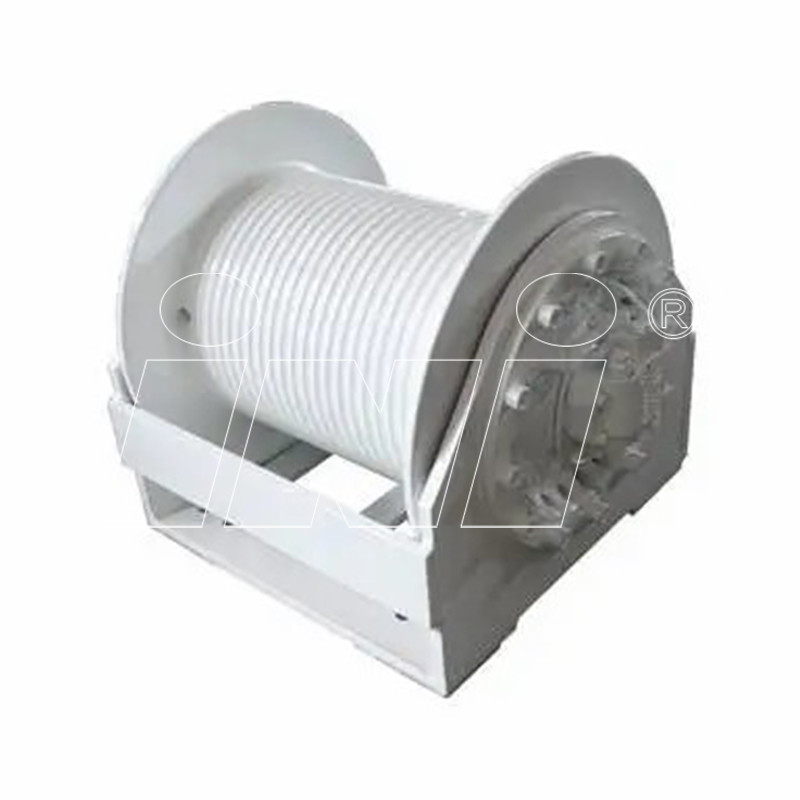
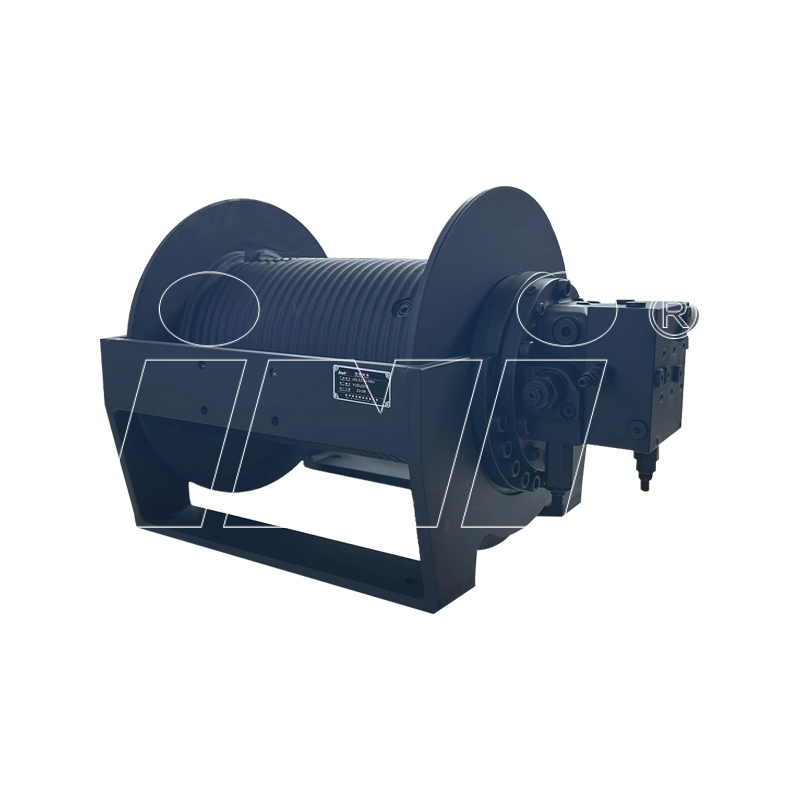
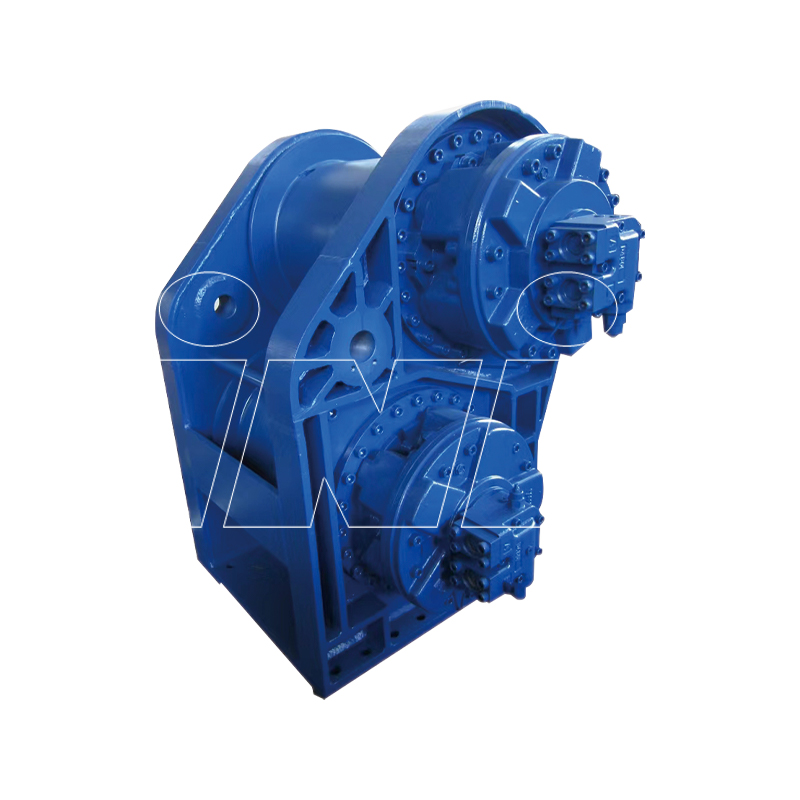

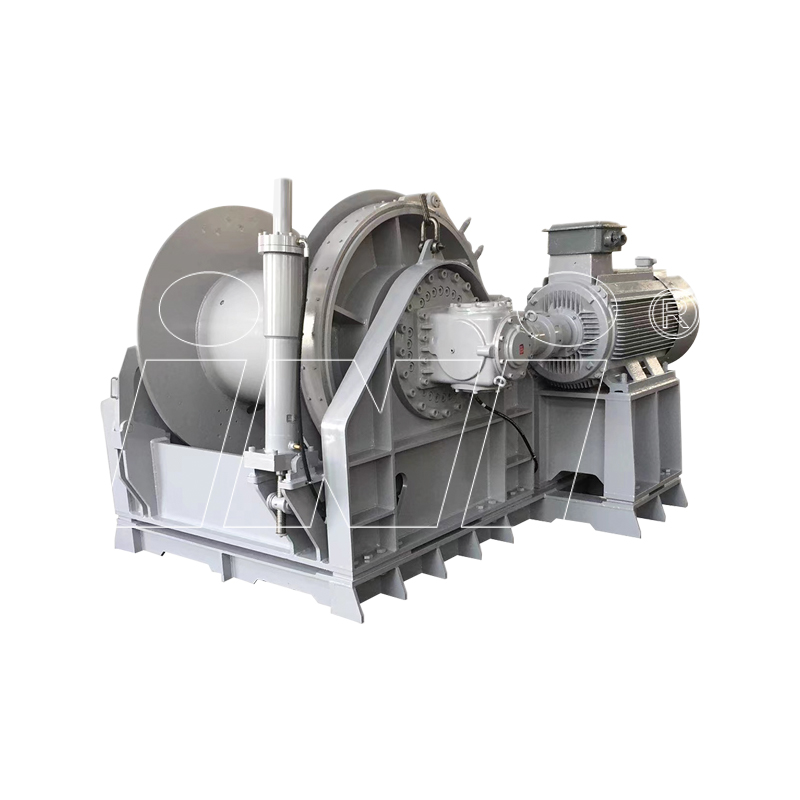





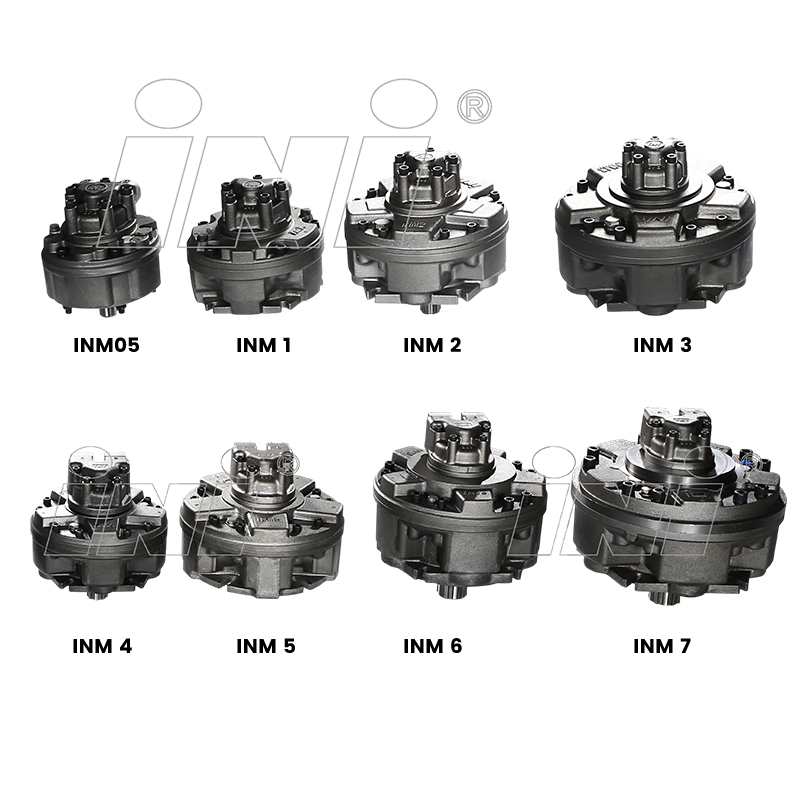
 English
English русский
русский Español
Español